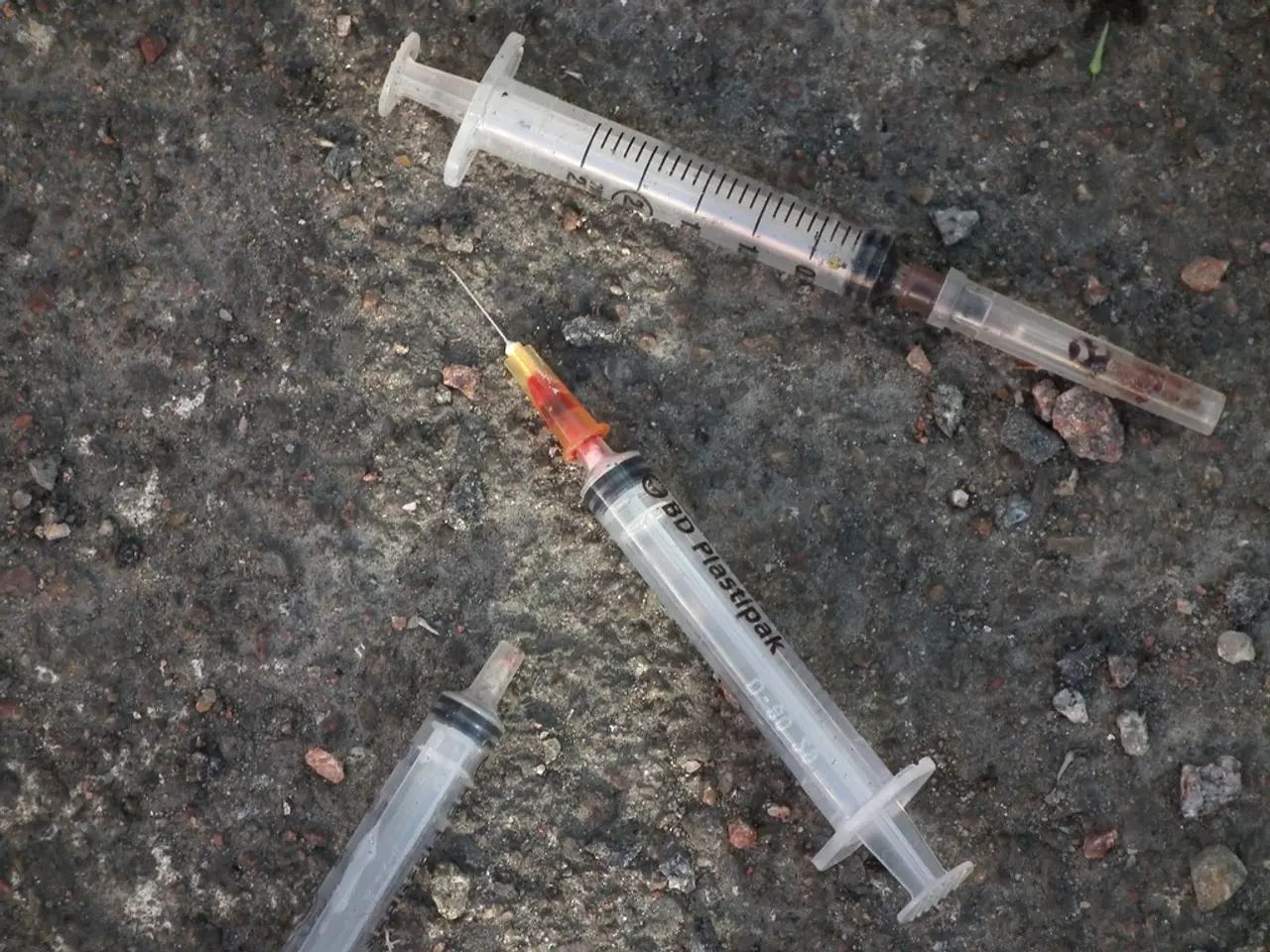Unsteady Syringe Availability: A Persistent Issue
In the wake of vaccination campaigns and post-pandemic care, the global syringe supply chain has faced significant disruptions and shortages. These issues highlight the importance of visibility and preparedness in a supply chain that can become a critical vulnerability, as demonstrated by these recent challenges.
The root causes of these disruptions are varied. Heavy reliance on overseas suppliers, particularly in China and Southeast Asia, has left the industry vulnerable to supply chain disruptions. Raw material shortages, especially medical-grade plastics and rubber, have also played a role.
In 2023, a series of safety communications were issued by the FDA concerning plastic syringes manufactured in China, citing systemic quality concerns. This was followed by a recall of 32 million disposable syringes due to incompatibility with syringe pumps. In August 2021, Cardinal Health recalled 267 million prefilled saline flush syringes due to a plunger defect, and in November 2023, 12.5 million dialysis syringes were removed from circulation due to contamination.
The syringe market is experiencing rapid growth, expected to grow from $24.07 billion in 2025 to $45.46 billion by 2032 at a CAGR of 9.5%. This growth increases pressure on supply chains to maintain quality and safety while coping with increasing demand, especially for advanced products like retractable, auto-disable, prefilled, and smart syringes integrated with RFID or digital monitoring.
The industry is also grappling with tariffs and trade barriers, product recalls, and import restrictions. In 2025, the United States imposed new tariffs on imported syringes and needles, which continue to strain biopharma supply chains, impacting the cost and sourcing of syringe components.
Reduced FDA staffing and regulatory enforcement capacity may slow new drug approvals and manufacturing capacity certificates, threatening timely supply chain expansions necessary to meet demand spikes, indirectly risking syringe availability.
Smaller and mid-sized pharmaceutical companies often face difficulties in securing reliable, large-scale syringe production. This capacity gap limits the ability to scale supply promptly to match growing demand fueled by chronic disease prevalence and vaccination programs.
To address these challenges, companies are investing in supply chain digitization, diversifying sources, and capacity expansion. Systems should flag at-risk syringe products and suppliers before disruptions occur, provide visibility into the product's country of origin, and surface clinically sound alternatives for syringes.
In conclusion, the syringe supply chain's risks stem from trade policies, stringent quality control leading to recalls, regulatory bottlenecks, and manufacturing capacity limitations. These factors require companies to invest in supply chain digitization, diversifying sources, and capacity expansion to sustain growth and safety standards.
- The global syringe supply chain's vulnerabilities were exposed during the vaccination campaigns, emphasizing the significance of transparency and preparation.
- The syringe industry's heavy dependence on overseas suppliers, particularly in China and Southeast Asia, has made it susceptible to supply chain disruptions.
- In 2023, the FDA issued safety alerts about plastic syringes manufactured in China, citing consistent quality issues, which led to the recall of 32 million disposable syringes.
- The syringe market is projected to grow significantly, reaching $45.46 billion by 2032, increasing pressure on supply chains to maintain quality and safety in the face of rising demand.
- Trade barriers, product recalls, and import restrictions add to the industry's challenges, with new tariffs on imported syringes and needles straining biopharma supply chains.
- Disease prevalence and vaccination programs are fueling growing demand, but smaller and mid-sized pharmaceutical companies often struggle to secure large-scale, reliable syringe production.
- Companies are addressing these challenges by investing in supply chain digitization, diversifying sources, and expanding capacity to ensure product quality, visibility, and timely supply.
- Adopting guidelines and systems that identify at-risk syringe products and suppliers, offer insight into their country of origin, and suggest clinically sound alternatives can help navigate the complexities and risks in the syringe supply chain.




